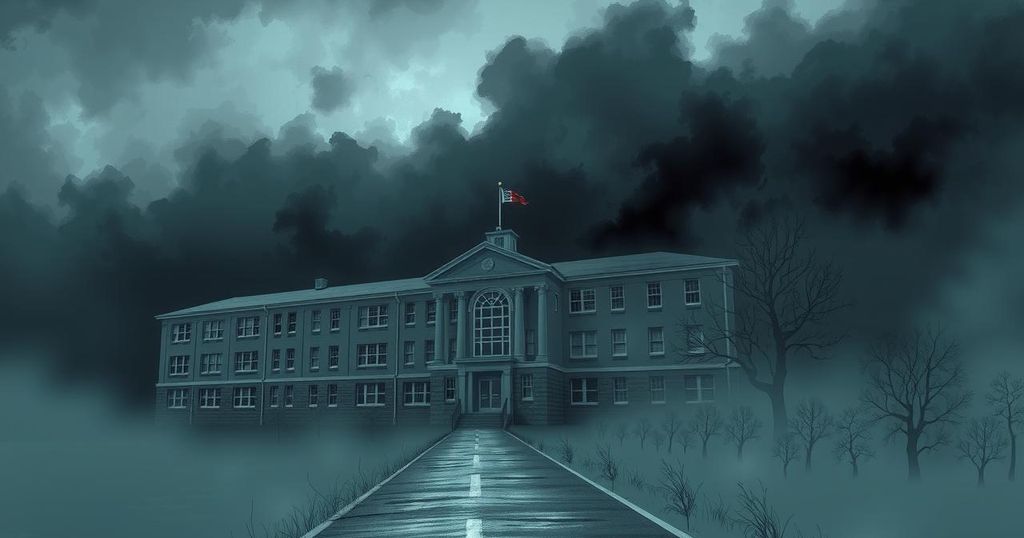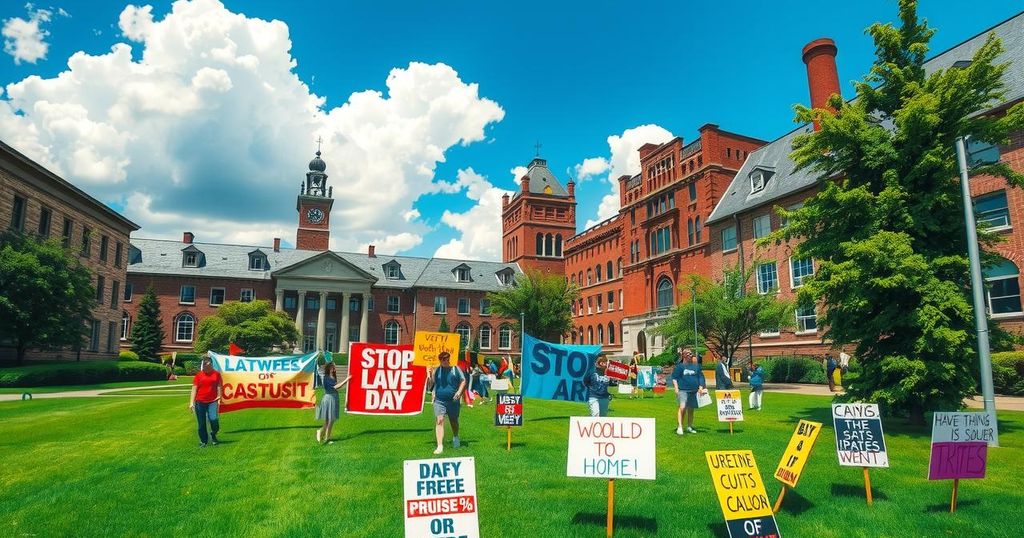Conflicts
Politics
ANGKOR, ASIA, BEIJING, BRIT, CAMBODIA, CHENLA, CHINA, CIVIL WAR, DEFENSE, EUROPE, FRANCE, KHMER ROUGE, MEXICO, MILITARY, NATIONAL ASSEMBLY, NORTH AMERICA, NORTH VIETNAM, PARIS, PHNOM PENH, SAL, SALOTH SAR, SECURITY, SIHANOU, SIHANOUK, SOUTH CHINA SEA DISPUTE, SOVIET UNION, U. S, UNITED FRONT, UNITED STATES, VIETNAM
Omar El-Sharif
The Rise and Fall of the Khmer Rouge in Cambodia
The article details the rise of the Khmer Rouge in Cambodia from 1970 to 1979, highlighting the ousting of Prince Sihanouk, Lon Nol’s government struggles amidst the Vietnam War, and the ensuing radical changes under Pol Pot. It notes the catastrophic consequences of the regime’s policies, resulting in millions of deaths and drawing parallels with other genocides throughout history.
In March 1970, while Prince Sihanouk was in the Soviet Union, the Cambodian National Assembly removed him from power. Lon Nol assumed control and quickly garnered support for his promise to eliminate Vietnamese communist influence. However, this led Cambodia deeper into the Vietnam War and eventually, to U.S. and South Vietnamese invasions. By 1973, the Lon Nol government only maintained control over Phnom Penh and a few provinces due to diminishing North Vietnamese aid and heavy American bombing that had devastated the countryside.
By late 1973, Sihanouk’s role diminished as the Cambodian communists gained prominence, despite his continued symbolic influence. The Lon Nol regime relied heavily on American support, which led to widespread corruption. In April 1975, the government fell to the Khmer Rouge, who forcibly relocated Phnom Penh’s residents to rural areas, resulting in rampant deaths during the forced marches and subsequent hardships.
Under the Khmer Rouge, Cambodia underwent drastic changes that abolished money, markets, and private property, mirroring Maoist policies in China. The country entered a radical transformation as schools, hospitals, and businesses closed, and citizens adopted peasant clothing. Pol Pot emerged as a key leader as the regime aimed to collectivize agriculture and drastically increase rice production, leading to catastrophic human costs.
Between April 1975 and early 1979, it is estimated that at least 1.5 million Cambodians perished due to starvation, overwork, disease, and execution. The atrocities of the Khmer Rouge regime have drawn comparisons to other historical genocides, including Stalin’s actions in Ukraine and the Holocaust. The regime’s extreme measures, fueled by paranoia and brutal enforcement, resulted in widespread suffering and the execution of many innocent individuals, including loyal party members.
The article outlines the historical events surrounding Cambodia’s civil war, focusing on the rise of the Khmer Rouge and the impact of their reign of terror from 1975 to 1979. It highlights the political turmoil following the ousting of Prince Sihanouk, the escalating conflict influenced by the Vietnam War, and the drastic sociopolitical transformations instituted by the Khmer Rouge. The tragic outcomes of these events, including widespread genocide and suffering, are emphasized as critical points of historical importance.
In summary, the period of the Khmer Rouge in Cambodia was marked by significant political upheaval, social transformation, and profound human suffering. The government’s radical policies led to the death of a substantial portion of the population, underpinning the need for remembrance and analysis of this dark chapter in history. Understanding these events highlights the dangers of extremist ideologies and the fragility of political structures in times of crisis.
Original Source: www.britannica.com








Post Comment